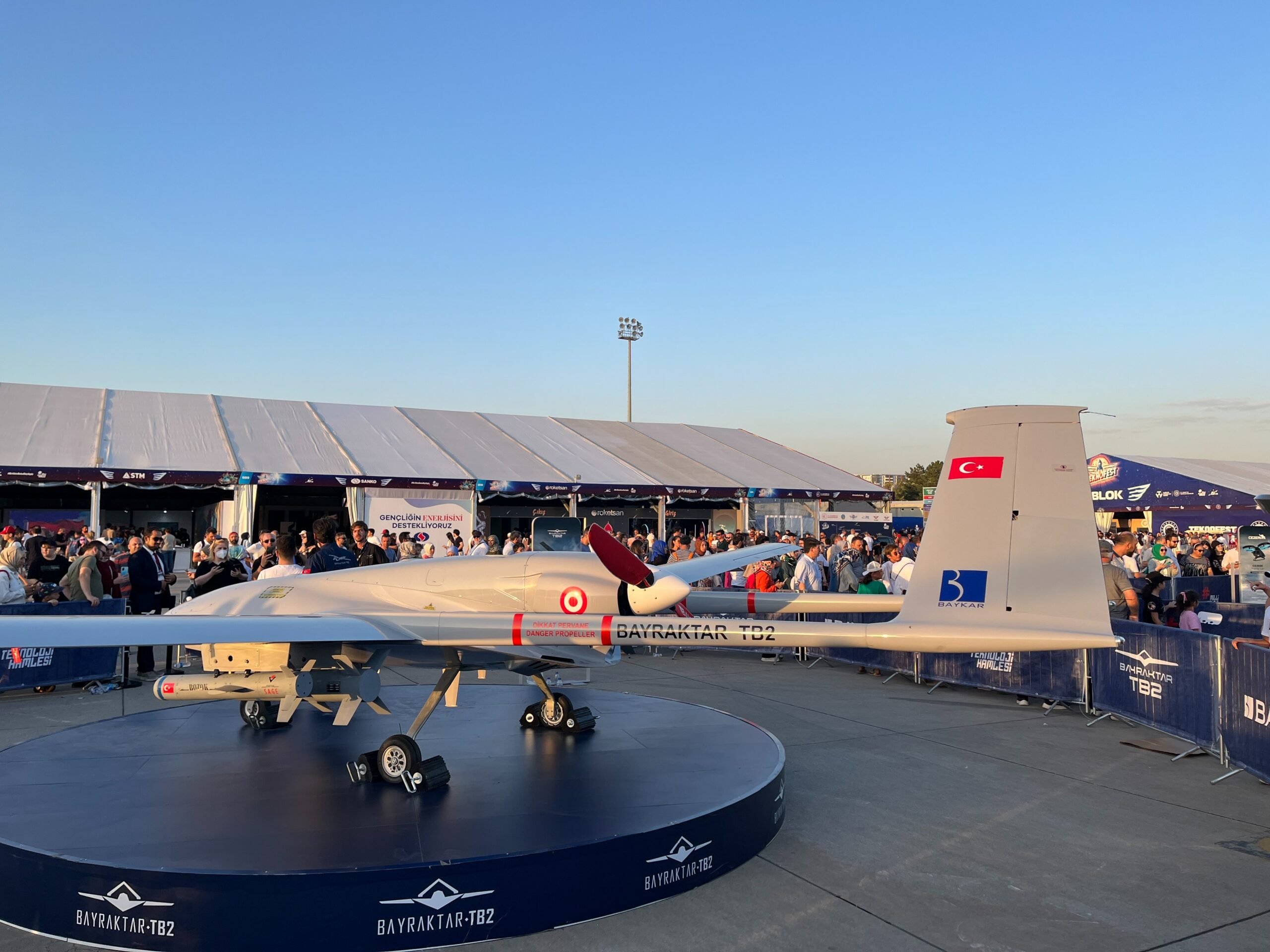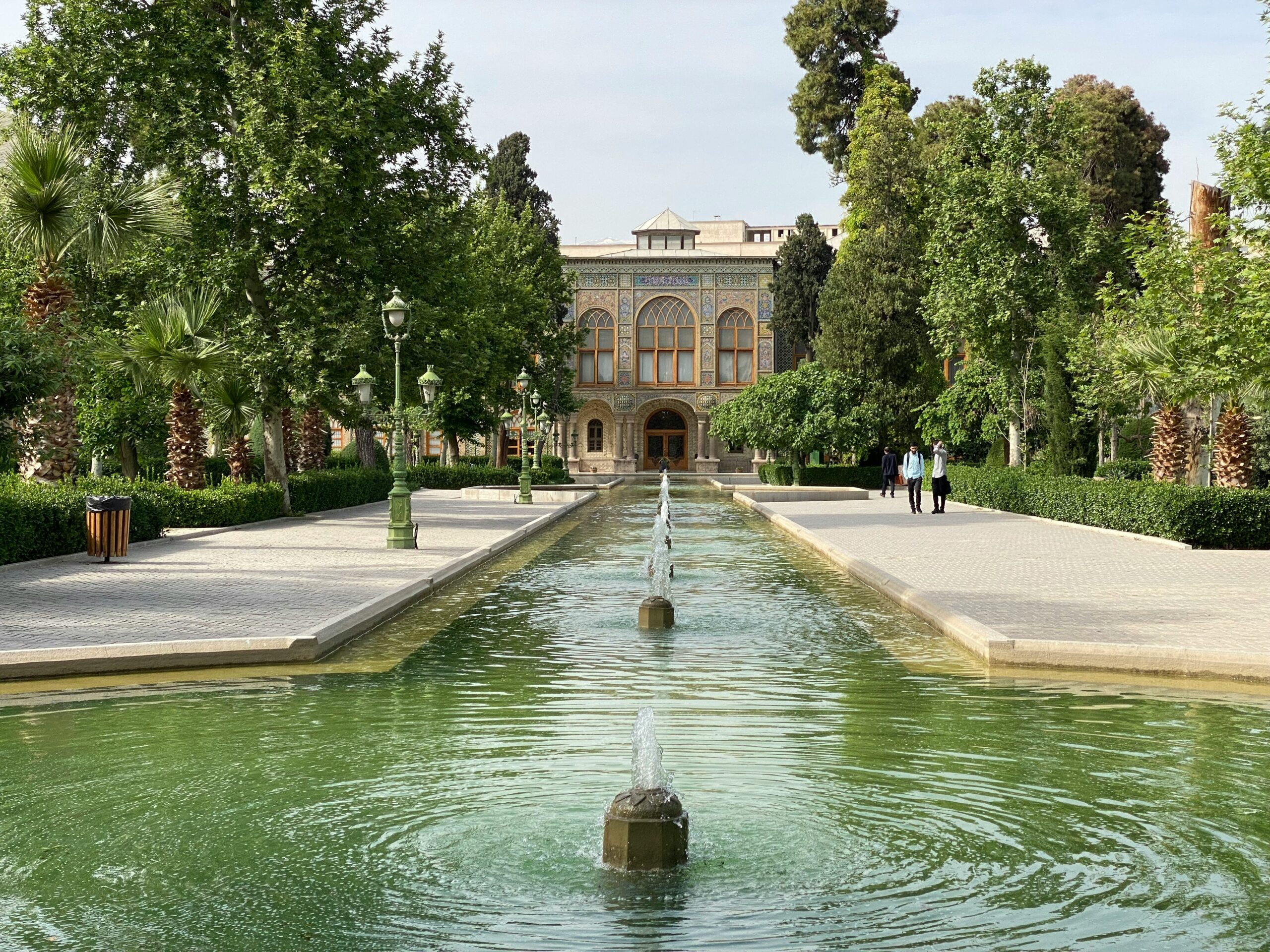The boom in the Turkish arms industry in figures
According to the Stockholm International Peace Research Institute (SIPRI), Turkey was the twelfth largest arms exporter in the world from 2018 to 2022 and accounted for 1.1% of global arms exports. (Between 2013 and 2017, it was only the 15th and 0.64%). In 2022, four Turkish companies were listed in Defense News’ Top 100 list of the top-selling companies in the defense industry: Aselsan, which specializes mainly in military electronics, was ranked 47th; Turkish Aerospace Industries (TAI) was ranked 58th, missile specialist Roketsan was ranked 80th, and Asfat (Military Factory and Shipyard Management Inc.) was ranked 100th. The revenues of these companies in 2022 were $2 billion, $1.48 billion, $873.3 million, and $443.5 million, respectively. There are now nearly 2,000 companies operating in Turkey’s defense sector, up from just 56 in 2002.
Turkey’s defense and aerospace exports were worth 4.39 billion dollars in 2022, while in 2020, it was 2.28 billion dollars. Exports worth over $7.5 billion are forecast for 2023 (also due to a record order from Saudi Arabia). Based on data for the first half of this year, unmanned aerial vehicles remain at the top of Turkey’s export list ($740 million), followed by sales of ammunition and missile systems ($400 million) and then land vehicles (worth almost $230 million).
The declared goal of the Turkish government is to make Turkey’s defense sector 100% independent by 2053, to increase export capacity to 50 billion dollars, and to place at least ten Turkish companies among the 100 most profitable companies in the defense industry worldwide.
Reasons for the Success of Turkish Products
The main reasons for the competitiveness of Turkish defense industry exports are the relatively low price (generally cheaper than Western military technology), the flexibility of Turkish export regulations (no restrictions as in the West, such as bans on selling certain weapons to certain governments due to human rights concerns) and Turkey’s willingness to transfer technology (openness to joint and localized production). In addition, the attractiveness of Turkish military equipment is enhanced by the fact that a significant part of it is a verified product that has proven itself in the field (and has gained pretty good PR). In addition, the increased global demand for drones is also contributing to the worldwide rise of Turkey’s arms exports.
Main Geographical Destinations and Products of Turkey’s Defense Industry Exports
The biggest importers of Turkish defense industry products are the Gulf States. According to SIPRI data for 2018–2022, Qatar, the United Arab Emirates, and Oman rank in the top three places. In 2023, Saudi Arabia is expected to catch up after signing a contract worth $3.1 billion with Turkish company Baykar Makina in July 2023 to supply and produce long-range Bayraktar Akıncı drones. The countries of Central, South, and Southeast Asia, as well as Azerbaijan, are also at the forefront. Among European countries, only Ukraine was among Turkey’s top ten export partners in the reporting period.
| 2018 | 2019 | 2020 | 2021 | 2022 | Total | ||
| 1. | Qatar | 36 | 53 | 36 | 92 | 103 | 320 |
| 2. | United Arab Emirates | 45 | 65 | 83 | 82 | 275 | |
| 3. | Oman | 44 | 80 | 77 | 201 | ||
| 4. | Turkmenistan | 131 | 131 | ||||
| 5. | Pakistan | 104 | 4 | 108 | |||
| 6. | Ukraine | 8 | 8 | 91 | 106 | ||
| 7. | Malaysia | 22 | 22 | 22 | 17 | 84 | |
| 8. | Bangladesh | 12 | 25 | 16 | 53 | ||
| 9. | Philippines | 43 | 43 | ||||
| 10. | Azerbaijan | 6 | 6 | 15 | 26 | ||
| 11. | Tunisia | 1 | 21 | 3 | 25 | ||
| 12. | Bahrain | 3 | 6 | 12 | 20 | ||
| 13. | Libya (GNC) | 18 | 0 | 19 | |||
| 14. | Morocco | 16 | 16 | ||||
| 15. | Hungary | 3 | 12 | 15 | |||
| 16. | Burkina Faso | 6 | 7 | 1 | 14 | ||
| 17. | Saudi Arabia | 5 | 5 | 5 | 14 | ||
| 18. | Ghana | 0 | 2 | 10 | 13 | ||
| 19. | Kyrgyzstan | 1 | 12 | 13 | |||
| 20. | Chad | 6 | 4 | 10 | |||
| 21. | Rwanda | 10 | 10 | ||||
| 22. | Kazakhstan | 2 | 2 | 1 | 4 | 8 | |
| 23. | Niger | 8 | 8 | ||||
| 24. | Poland | 8 | 8 | ||||
| 25. | Senegal | 8 | 8 | ||||
| 26. | Côte d’Ivoire | 7 | 7 | ||||
| 27. | Uzbekistan | 1 | 6 | 7 | |||
| 28. | Uganda | 6 | 6 | ||||
| 29. | Ethiopia | 5 | 5 | ||||
| 30. | Djibouti | 3 | 3 | ||||
| 31. | Mali | 3 | 3 | ||||
| 32. | Nigeria | 3 | 3 | ||||
| 33. | Somalia | 2 | 1 | 3 | |||
| 34. | Togo | 3 | 3 | ||||
| 35. | Kosovo | 1 | 1 | ||||
| 36. | Mauritania | 1 | 1 | ||||
| Total | 249 | 247 | 251 | 438 | 398 | 1 583 |
Chart 1: Destinations of Turkey’s defense industry exports in TIV (Trend Indicator Value), 2018–2022 (Source: SIPRI)
The European states are just beginning to discover Turkey’s arms industry. Slovenia was the first EU and NATO member to buy Turkish products (10 Cobra armored vehicles) in 2009. Hungary was the second to purchase Turkish military equipment, namely Ejder Yalçın armored vehicles (produced by Nurol Makina; the Hungarian version is called Gidrán) in 2021. In 2022, Poland ordered 24 Bayraktar TB2 drones (produced by Baykar Makina) with MAM-C and MAM-L laser-guided bombs (produced by Roketsan). In 2023, Romania signed a contract to purchase 18 Bayraktar TB2s with MAM-C and MAM-L bombs (worth 321 million dollars). In October 2023, Estonia ordered armored vehicles Yörük (produced by Nurol Makina) and Arma (produced by Otokar). Of the NATO member states in the Balkans, Albania announced the purchase of 3 Bayraktar TB2s in 2022, while North Macedonia announced the acquisition of 105 mm Boran howitzers (produced by MKE).
However, most of Turkey’s export destinations are on the African continent. In the 2018–2022 period, Turkey supplied weapons to 36 countries, half of which (18) were African countries. The continent’s states purchased predominantly armored combat vehicles and drones.
Joint Production
Arms export offers Turkey the opportunity to establish closer relations and strategic cooperation with states. Such transactions concern the military sphere, as well as the political and economic sectors. Arms sales usually involve a long-term relationship between exporter and importer, mainly due to after-sales services (e.g., repair, maintenance, training of operators, infrastructure development). The customer becomes dependent on the exporter when it comes to upgrades or even spare parts. Moreover, all of this is happening in a sensitive area that requires a high level of trust, as these defense products are ultimately about the nation’s survival.
The cooperation could be crowned by joint or localized assembly and production, which Turkey is apparently willing to do. For example, a local assembly of Anka drones has been agreed with Kazakhstan; Baykar plans to set up a production facility for Bayraktar drones in Ukraine; an agreement was signed with Saudi Arabia on the local production of Akıncı drones; Azerbaijan has joined Turkey as a partner in the development of the fifth-generation Kaan fighter aircraft; Qatar has acquired 49% of Turkish company BMC, which manufactures Altay main battle tanks, among other products; and Hungary is going to assemble Gidráns in its territory. Cooperation in production will further strengthen relations and pave the way for future acquisitions.


